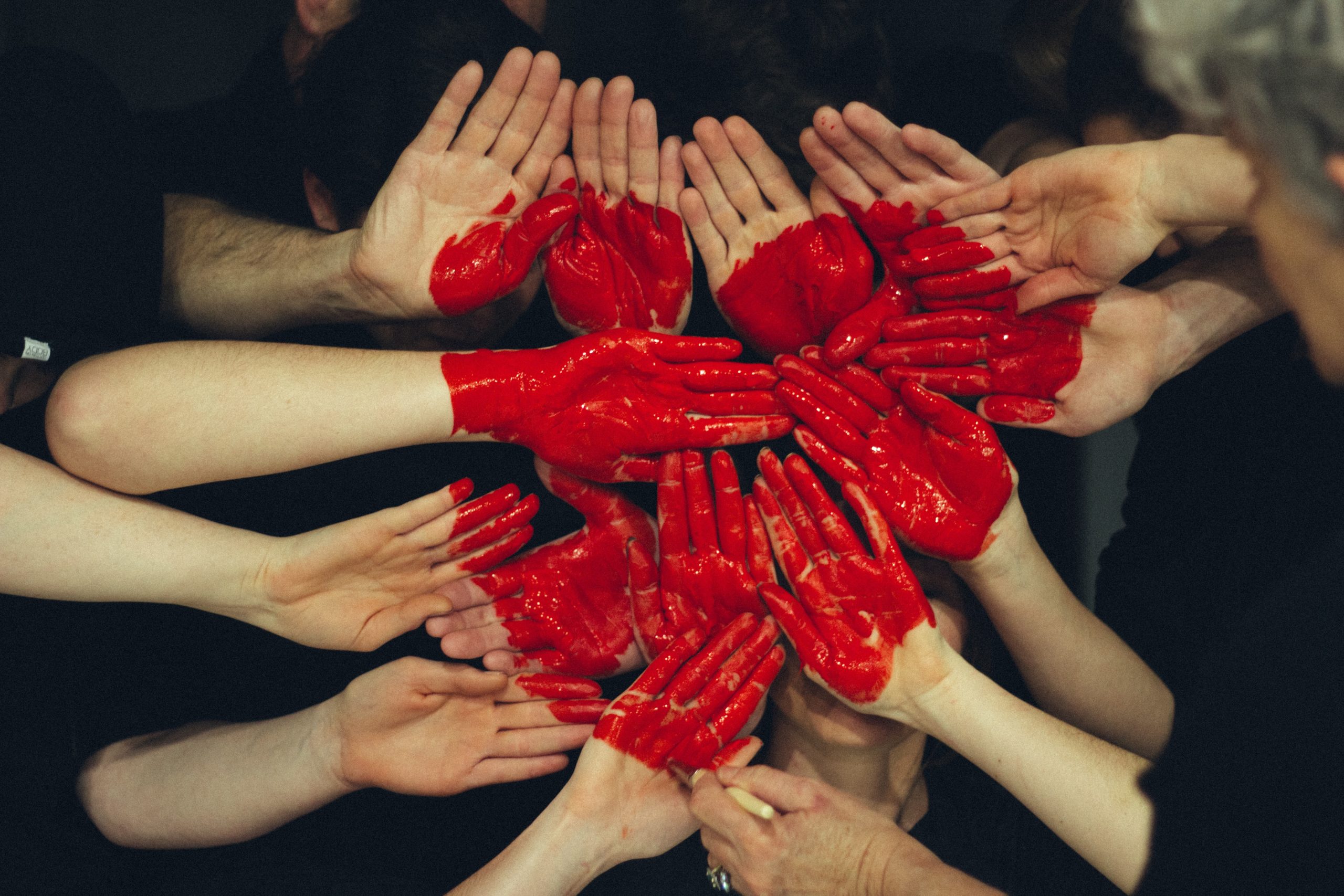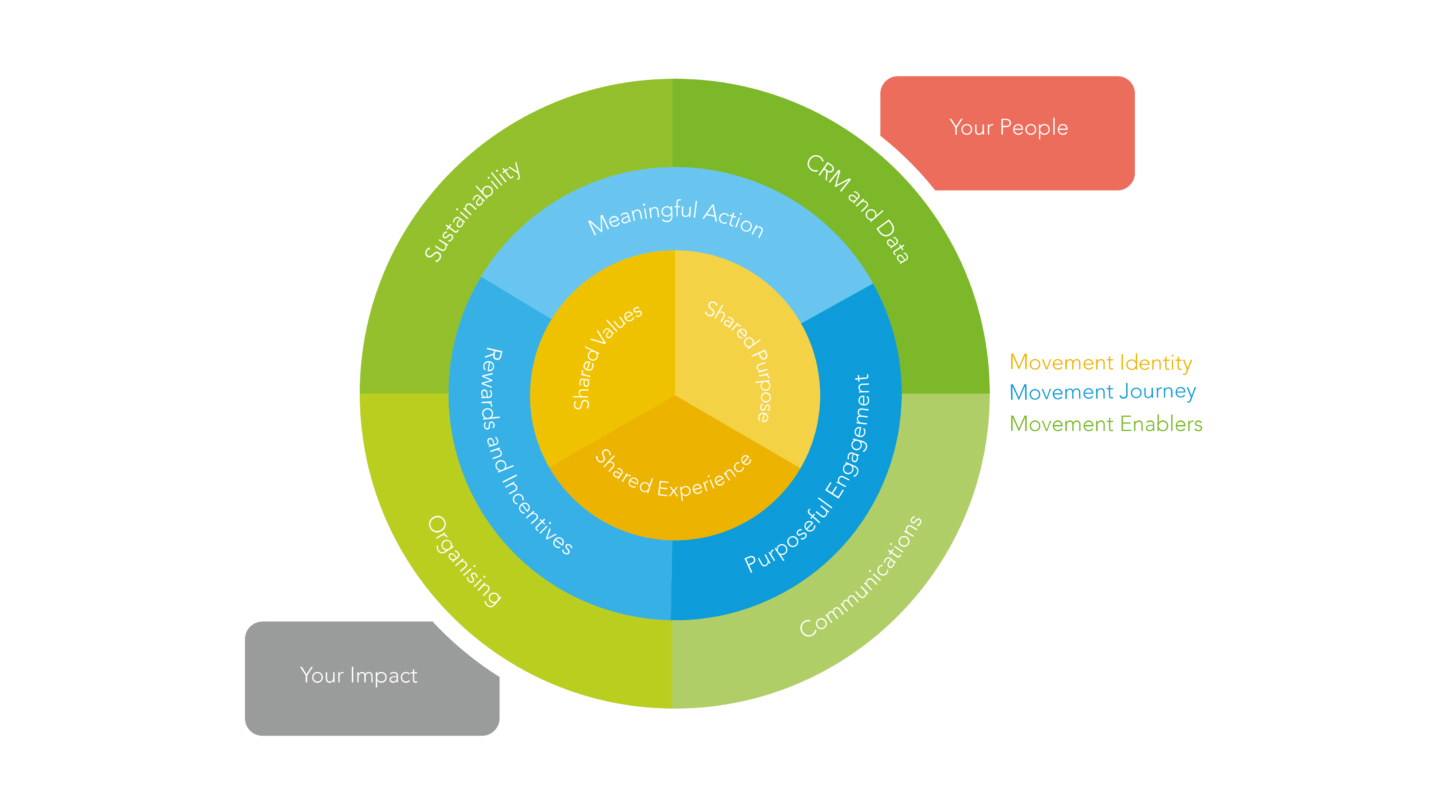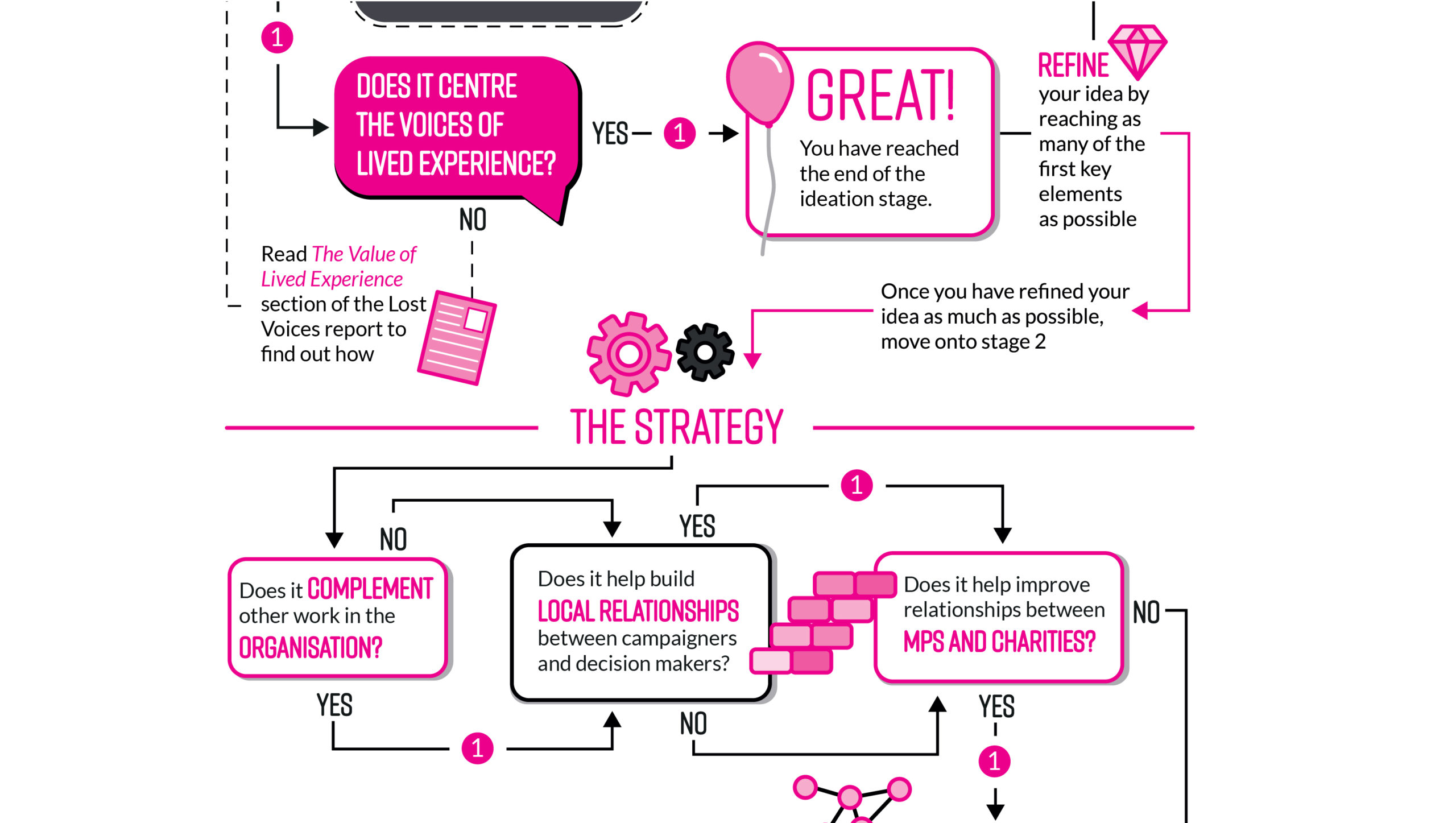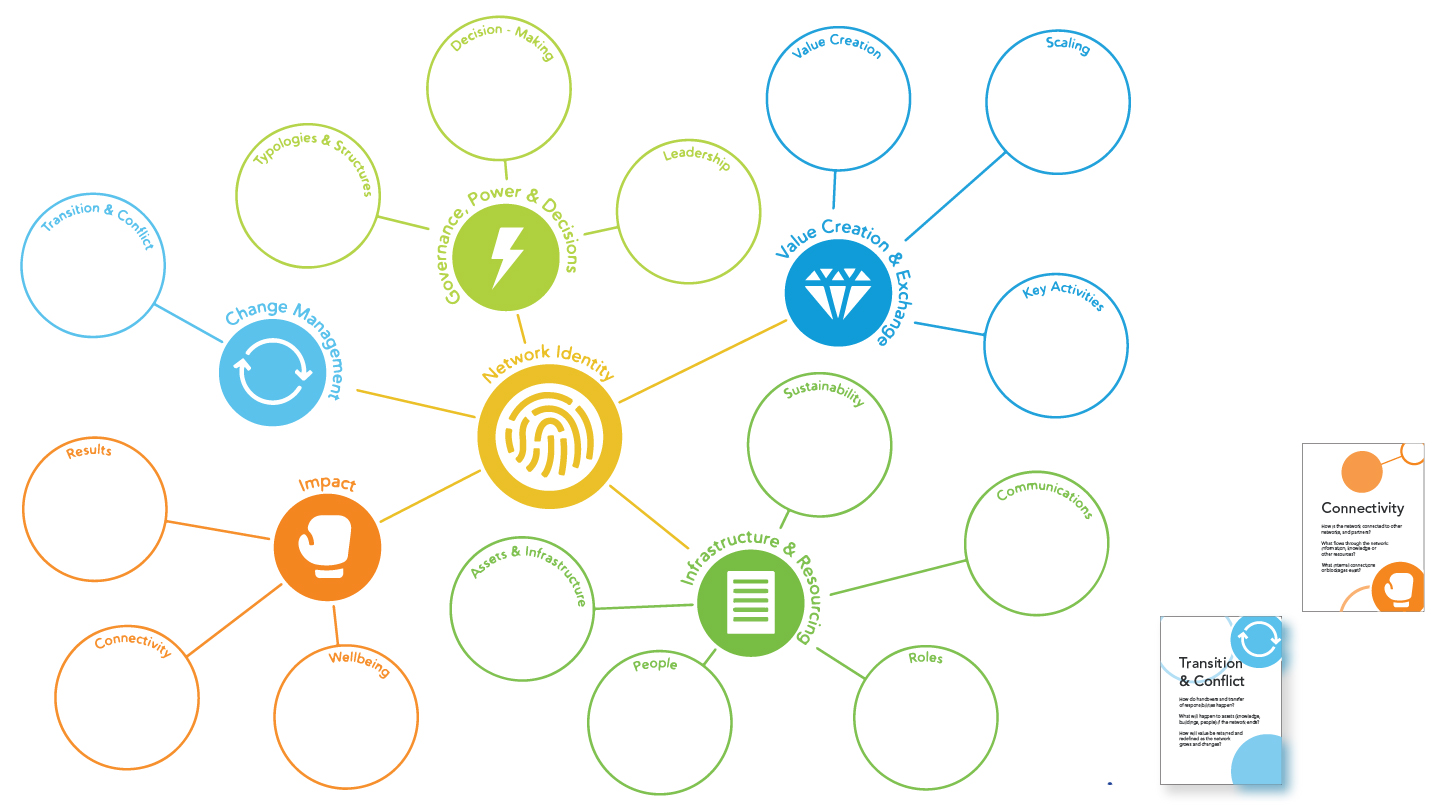Can inclusivity put the va va voom in volunteering?

Volunteers are the lifeblood of the third sector, but new research suggests the pool of willing recruits could be shrinking
In response, some civil society leaders are working to make volunteering more accessible and inclusive, but is it enough to reverse the trend?
The UK government’s annual Community Life Survey 2019 found that volunteering levels in the UK fell for a fifth consecutive year. 70% of people surveyed in 2014 said they’d volunteered in the last 12 months, compared to 62% in 2019. The report ranked work commitments and the desire to do other things with their spare time as the top two barriers to volunteering.
This report prompted people to ask how the sector can improve. For example, Pat Vernon from The Centre for Ageing Better is pushing for the sector to embrace inclusivity in response to the government’s findings, saying it’s crucial that volunteering opportunities are open to all.
At the moment, volunteering isn’t open and desirable to all. Stella Duffy, co-director of the Fun Palaces campaign for cultural democracy, has neatly articulated the problem with volunteering today:
“Most big organisations, museums or community initiatives take on volunteers and then train them in what the organisation needs them to know and do,” she says. “That is, they take on volunteers on the organisation’s terms to do what the organisation believes is of value. Even if that may be intended for the benefit of that community, it is still according to the organisation’s own frame of value.”
“Fun Palaces’ approach already assumes the volunteer has agency. We don’t distinguish between a volunteer and a beneficiary.”
I’ve witnessed efforts to promote inclusion and tackle this sort of imbalance first hand as a volunteer for Friends of the Earth. In recent times, its leaders have been working to include its volunteers more; to bridge the gap between paid staff in head office and volunteers, giving volunteers more recognition and more sway.
The best and brightest in the private sector are also using inclusive practices to improve their customers’ experiences. In my time working for a web design agency, there were two types of clients. Some designed their websites to reflect internal structures and views, rather than what their customers actually wanted. In contrast, the best clients I encountered obsessed over the customer experience and thoroughly researched their needs and desires; they obsessively practised human-centred design.
Human-centred designers live and breathe accessibility and inclusivity. Empathy is their superpower. They co-create. They listen. Perhaps the sector could invest more in user experience (UX) design for its volunteers? Imagine if the third sector treated its volunteers as well as its beneficiaries, and gave them more power and flexibility?
In some places, this is already happening, with inclusive approaches being devised and deployed to attract and retain volunteers. For example, we’ve been helping Nesta investigate new models for volunteering in the NHS, using a variety of research and co-creation techniques. The Centre for Ageing Better is also actively promoting a number of well-researched recommendations for tackling the practical, structural, and emotional barriers people face when volunteering.
Then you have initiatives like the Losing Control network, which is a community of people committed to championing inclusive and participatory practices to unleash social change. Its members share lessons in co-creation, human-centred design, participatory governance, democratic decision-making and more, all of which have the potential to reinvigorate the volunteer experience.
Domestic violence support network Chayn is putting all of these principles to work. It uses the same lean startup philosophy and UX design methods. It’s using ‘sprints’ (short, intense periods of activity), it has flexible volunteering programmes and open, democratic structures which involves them in meaningful decision-making.
Meanwhile, Camden-based charity Likewise (nee The Holy Cross Trust) has also given a lot of thought to its volunteer experience. It has devised a model where volunteers experience lots of teamwork and learning opportunities. Participatory methods and UX design methods feature prominently throughout their work.
What links these efforts is the need for volunteering models which are more flexible, less transactional and more human-centred. And sure, volunteering levels aren’t the only problem the sector has to contend with. Hiring a bunch of UX designers or Losing Control won’t solve everything. But human-centricity and inclusivity shouldn’t be the hardest thing to achieve, even in lean times. Because arguably, a drive for inclusivity aligns with the sector’s unique strength: its capacity for empathy.




